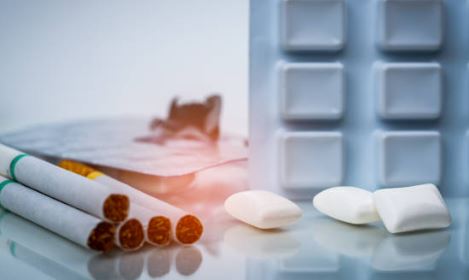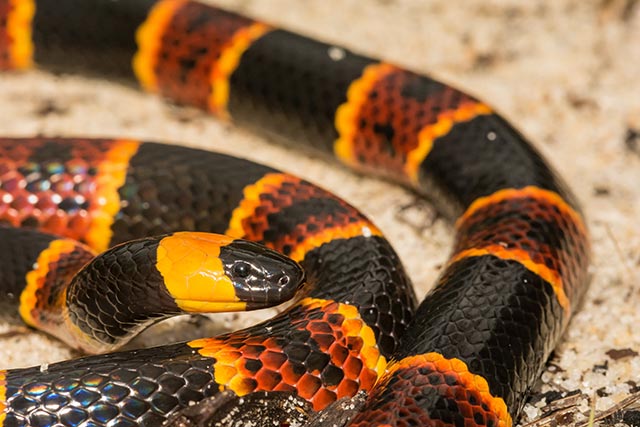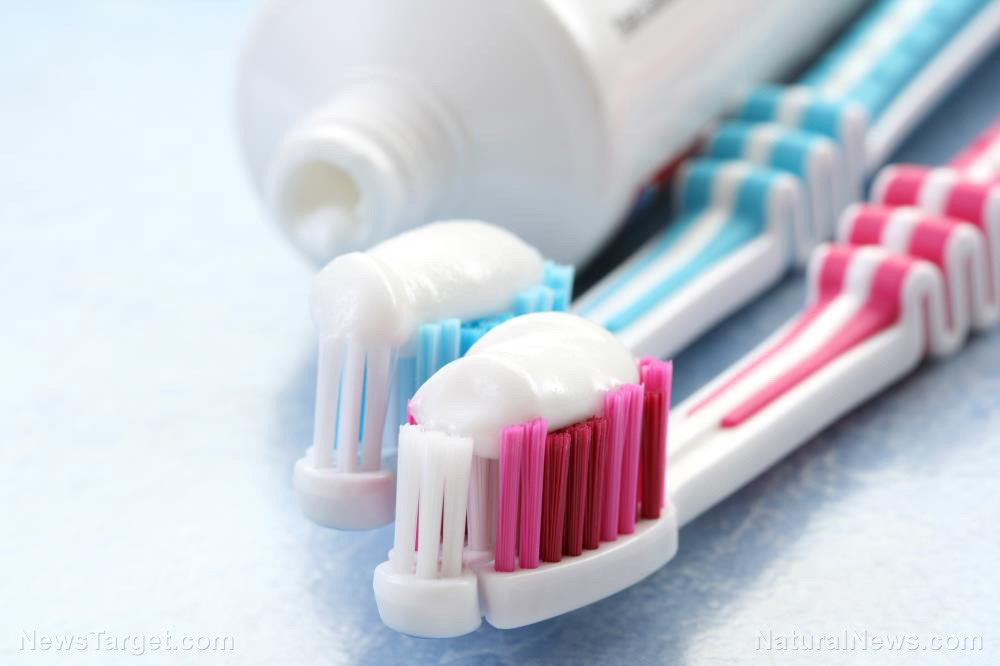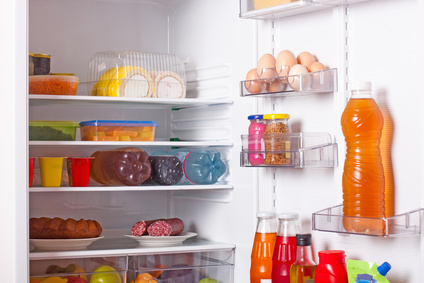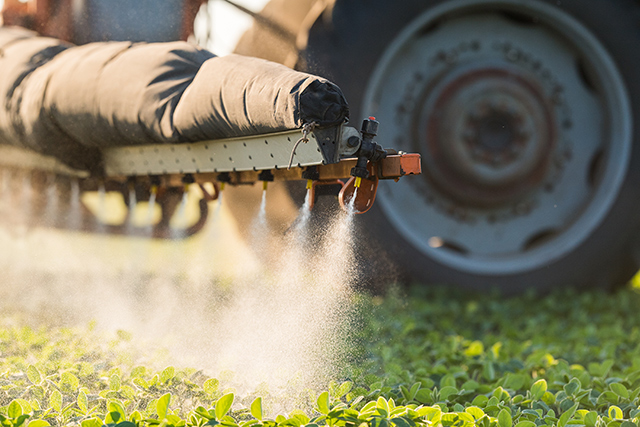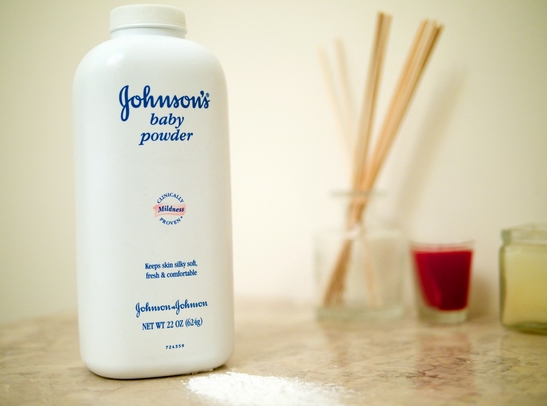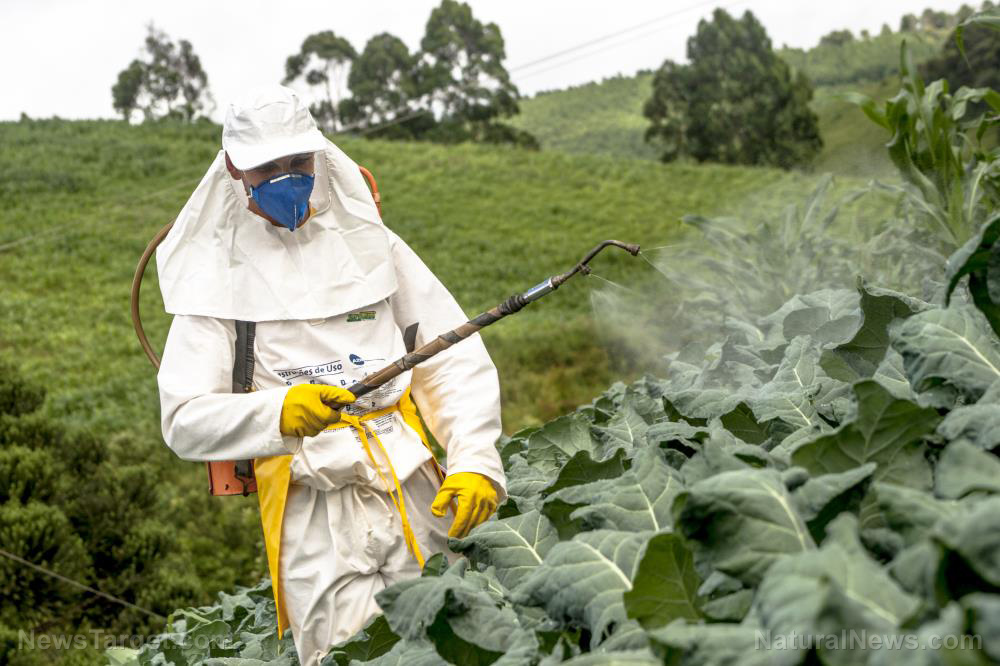Watch out for these 8 environmental toxins – they’re in everything
06/16/2020 / By Mary Miller

Environmental toxins are harmful substances that cause a variety of chronic health issues when they accumulate in your body. The problem with these toxins is that they accumulate everywhere, and you may be getting exposed to them regularly without knowing it. They can be found in everything from commercial cleaning products and cosmetics to common household items, and even food.
Here are eight dangerous environmental toxins and where you can find them.
Polychlorinated biphenyls (PCBs)
PCBs are a mixture of individual chlorinated compounds that are known to cause numerous health issues ranging from acne-like skin conditions to fetal brain development issues, and may even cause certain cancers. PCBs are not naturally occurring compounds, and they are most often found in farm-raised fish. Because PCBs have no known taste or smell, it can be hard to tell if they are present in your food supply, which is why it is important to get your fish products from clean and reliable sources.
Glyphosate
A toxic herbicide, glyphosate is often sprayed on conventionally grown wheat, which means you might be ingesting traces of glyphosate when you consume commercial wheat products. Exposure to glyphosate is linked to an increased risk of autism and other diseases. Despite its negative effects on overall health, glyphosate continues to be used aggressively in mainstream agriculture.
Fluoride
Fluoride is a known neurotoxin that is added to tap water for its alleged benefits for teeth. However, overexposure to fluoride can actually alter your dental enamel and cause the mottling of teeth. It is also linked to cancer and impaired brain development. (Related: Excessive fluoride exposure leads to altered tooth enamel.)
Phthalates
Phthalates comprise a group of industrial chemicals that are known to disrupt the body’s natural production of hormones, specifically testosterone. You can find phthalates in most vinyl items and vinyl building products such as pipes, tiles and sidings. Exposure to phthalates has been linked to a host of reproductive issues including infertility and birth defects. Inhaling phthalates can also lead to a worsening of asthma and allergy symptoms.
Heavy metals
Heavy metals, such as lead and mercury, are particularly hard to avoid because they can be found in many contaminated food items and cosmetic products. Trace amounts of lead naturally occur in soil; however, lead accumulation can occur in soil when an area undergoes rapid economic and industrial development. Crops grown on farms in these regions can end up being contaminated with too much lead.
Meanwhile, many of the world’s oceans and bodies of water contain traces of mercury, which can accumulate in the bodies of large fish and seafood.
Volatile organic compounds (VOCs)
Common sources of VOCs include paints, varnishes, hair sprays, deodorants, dry cleaning products and cosmetic products. Inhaling VOCs can result in headaches, memory and respiratory issues, and in some cases, even cancer. However, because VOCs evaporate quickly and are generally colorless and odorless, you won’t even know that you’re breathing in these harmful toxins. To limit your exposure to VOCs, make sure your indoor air space is thoroughly ventilated.
Synthetic pesticides
Be wary of produce that may have been sprayed with synthetic pesticides. Not only are these bad for your body, but they are also harmful to the environment. While it is understandable to want your fruits and vegetables to be free of any pests, there are better ways to accomplish this that minimize your exposure to synthetic pesticides. You can buy produce from certified organic farms, which only use non-toxic pesticides derived from natural sources, or you can grow your own produce at home.
Perchlorate
Perchlorates are salts that naturally occur in potassium nitrate deposits. These highly reactive salts tend to explode when exposed to high temperatures. As such, you can expect to find them in explosives, fireworks and rocket motors. What you might not anticipate is the presence of perchlorate in your food and water supply. Low-quality food products may be contaminated with this toxin, while urban and industrial runoff may taint your local drinking water supply with perchlorate.
Environmental toxins can be lurking around your home. If you want to maintain a safe and healthy living space, you should try your best to avoid these toxins as much as possible. Find out more about harmful toxins you should avoid by visiting Toxins.news.
Sources include:
Submit a correction >>
Tagged Under:
Cosmetics, disease causes, environment, Fluoride, food additives, glyphosate, ingredients, molds, neurotoxins, PCBs, perchlorate, phthalates, polychlorinated biphenyls, products, radioactive compounds, toxic chemicals, toxic ingredients, toxins, VOCs, volatile organic compounds
This article may contain statements that reflect the opinion of the author
RECENT NEWS & ARTICLES
Chemicals.News is a fact-based public education website published by Chemicals News Features, LLC.
All content copyright © 2018 by Chemicals News Features, LLC.
Contact Us with Tips or Corrections
All trademarks, registered trademarks and servicemarks mentioned on this site are the property of their respective owners.

